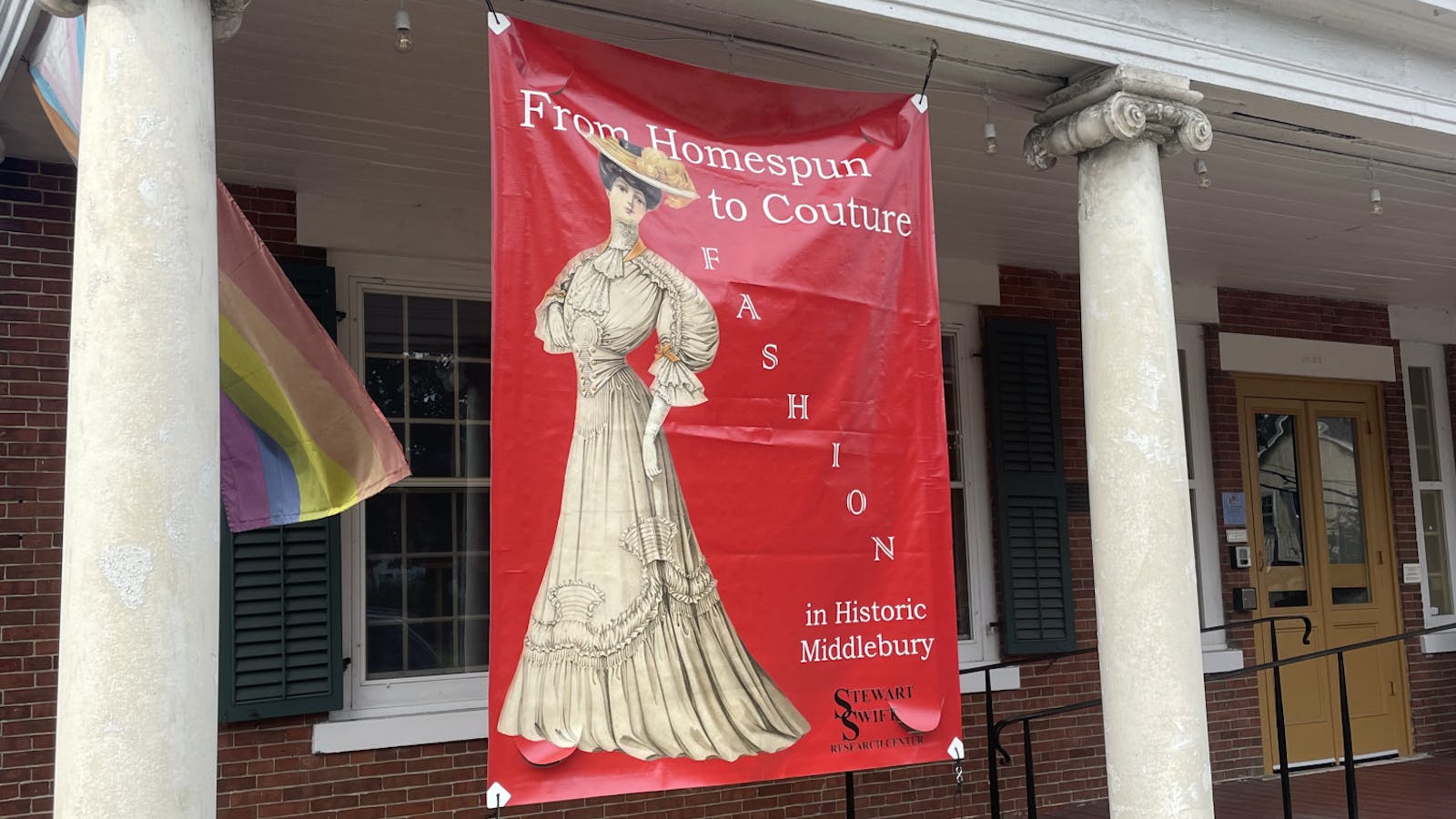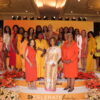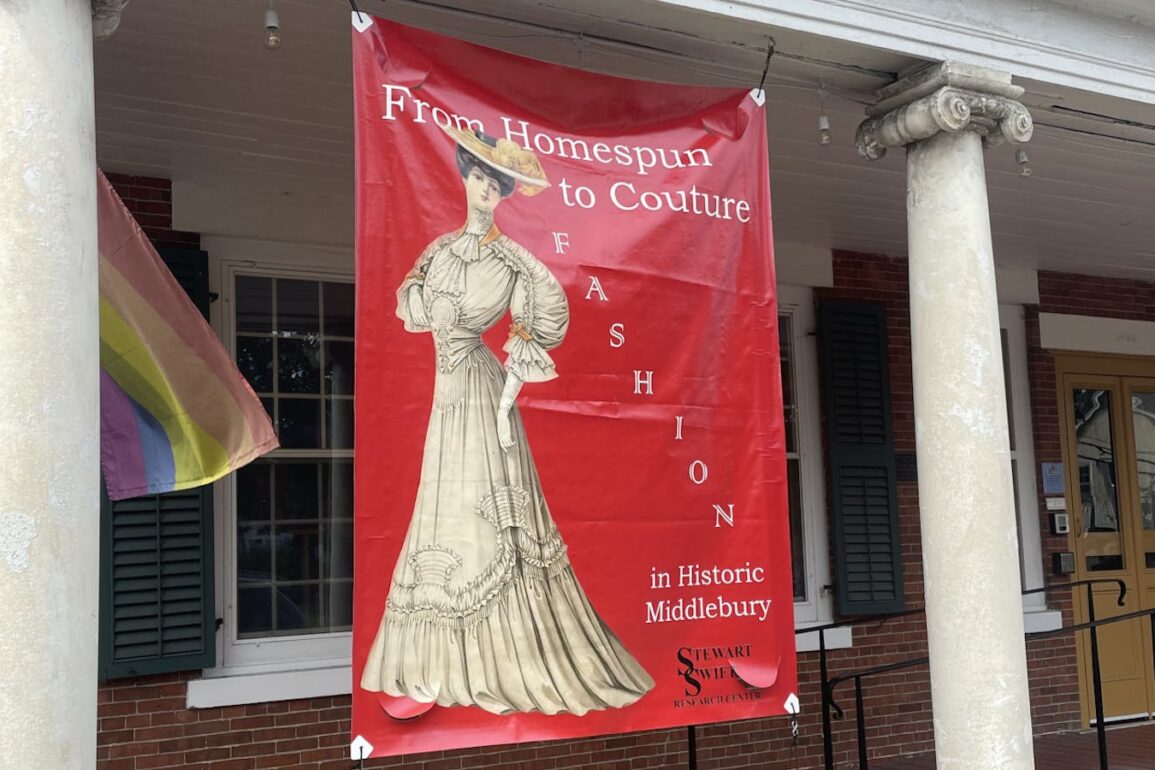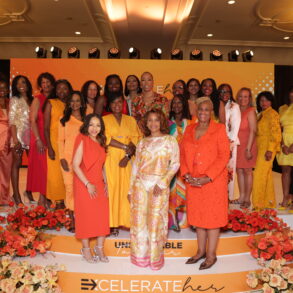
“Ivory and pearl make the prettiest handles for parasoles,” dogmatically claims one of many “Fashion Notes” published in a Middlebury newspaper from 1867.
The Henry Sheldon Museum — Middlebury’s community museum dedicated to preserving the town’s history — opened a new exhibit this month. “From Homespun to Couture: Fashion in Historic Middlebury” displays an eclectic collection of local 19th-century fashion-related artifacts, from opinionated newspaper clippings to button-up shoes and Victorian paper dolls.
The exhibit is on display from Sept. 8 through Jan. 13, 2024 in the Walter Cerf Gallery at the Sheldon, located at 1 Park Street.
Henry Sheldon’s vast collection of items that could narrate Middlebury’s story of historic women’s fashion took months to sort through, according to Eva Garcelon-Hart, curator of the exhibit and head archivist of the Stewart-Swift Research Center, a part of the Sheldon Museum. Careful researching of the topic, configuring the displays and writing accurate and thorough labels for each display were all part of the undertaking required for this exhibit.
“We do everything on a shoe-string and from labor of love,” Garcelon-Hart said. “It’s a creative process, which I like.”
Tulip Larson ’25 interned at the Sheldon this summer and assisted in the early research process for the exhibit, taking inventory of the newspapers and periodicals in the Stewart-Swift Research Center to identify potentially useful artifacts. For Larson, the fun of the project was in perusing magazines, newspapers and fashion advertisements from the late 19th and early 20th centuries.
“The Sheldon has so many amazing resources on fashion and otherwise and Eva did an amazing job collating these resources into a wonderful exhibit,” Larson said.
The exhibit illustrates the evolution in clothing manufacturing through the 19th century, when Middlebury’s successful textile production and marble industry made the town a hub for women, in particular, to operate clothing-related business and for merchants to sell clothes. Industrialization transitioned clothing from being a primarily homemade good to a pre-manufactured commodity, according to Garcelon-Hart.
The exhibit contains a shop sign for Miss A. Sampsons’ Dressmaking, which hung at 72 Main Street in 1880, advertising the woman-owned business that once existed above the current Tinker and Smithy Game Store. Hand-made scraps of fabric are displayed in the exhibit, representative of the material women worked with before machinery was used. Notes from Henry Sheldon’s mother that record how much cloth she spun, wove, and dyed are also on display.
Photographs in the exhibit from the latter half of the 19th century reveal that the display windows on Merchants Row currently occupied by Little Seed Coffee Roasters and Sabai Sabai Thai once boasted pre-manufactured clothing, demonstrating the transition away from home-spun garments.
This change marked the inception of unsustainable fashion that overwhelms the clothing industry today, according to Garcelon-Hart, who feels passionately about the industry’s harm to the environment. Advertisements in the exhibit, such as an 1823 ledger from a local business, promote various clothing repair services, which are now rarely sought after. Given the cheap materials that constitute our current wardrobes, clothing is typically thrown out rather than mended or repurposed.
Garcelon-Hart’s other objective for the exhibit was to show the rigidity of popular and accepted women’s fashion in 19th-century Middlebury, which was often based on trends in Paris, London and New York. These standards were elucidated by the nineteenth-century circulated fashion magazines, Victorian paper dolls, a color fashion plate, and photographs of women taken in Middlebury. Millinery adornments and old shoes provide a closer look into how women accessoried themselves.
The “Fashion Notes” circulating in newspapers at the time instructed women on what to wear in a period when they were often harshly judged for their clothes.
“Pointed or tapering crowns for bonnets are no longer fashionable,” reads a “Fashion Note” from 1886 — bad news for women who may have just made or purchased a new head accessory of the denounced style.
“They convey this ideal of femininity and how you should look,” Garcelon-Hart said, in reference to the exhibit’s featured fashion plate. “Women look at it and try to keep up with it.”
The progression of fashion and its social role speaks to the culture and changes in a society at large — and nineteenth-century Middlebury was no exception.
The Sheldon Museum hosted an opening reception for the exhibit on Sept. 14 from 5:00 to 7:00 p.m. with live music played by Jared Ahern ’25 and food and drinks for attendees. The Sheldon is open to the public Wednesday through Saturday from 10:00 a.m to 4:00 p.m. Information about the exhibit is available on the Sheldon’s website, https://www.henrysheldonmuseum.org/.
Editor’s note: Tulip Larson ’25 is an editor for the Arts and Culture section of The Campus.
Enjoy what you’re reading? Get content from The Middlebury Campus delivered to your inbox
Madeleine Kaptein ‘25.5 is a copy editor for The Campus, and previously wrote for the local section of the paper. She plans to major in International and Global Studies with a concentration in European Studies. In her free time, Madeleine enjoys reading, biking, and watching fashion videos on YouTube.
This post was originally published on this site be sure to check out more of their content.









